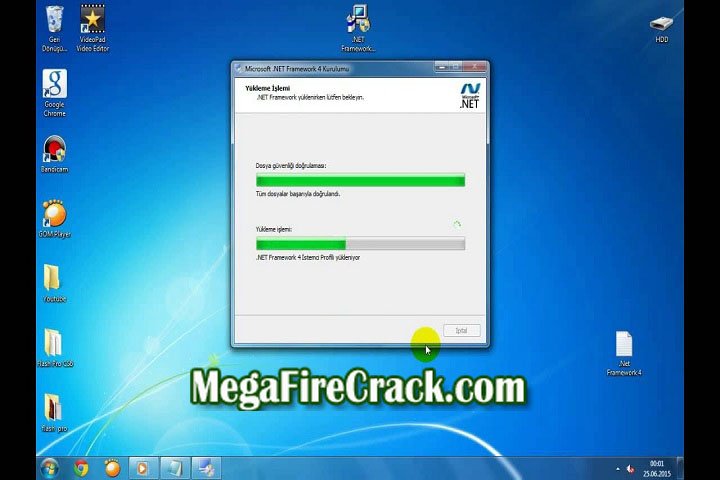Windows V 1.0 PC Software
Windows V 1.0 Software Introduction:
In the field of personal computing, few names retain as much significance as “Windows. Windows 1.0, the pioneering PC software launched by Microsoft on November 20, 1985, established the basis for a computing revolution that would transform how humans interacted with computers.
Representing a change from the command-line interfaces of the day, Windows 1.0 introduced a graphical user interface (GUI) that made computers more accessible and user-friendly. This article digs into the intricacies of Windows 1.0, investigating its description, features, and system requirements.

You may also like: Symfony V 6.3.2 PC Software
Windows V 1.0 Software Description:
Windows 1.0 represented Microsoft’s initial entry into the field of graphical computing interfaces. It attempted to simplify the user experience by creating a graphical environment that allowed people to interact with the computer using a mouse and a point-and-click mechanism. Prior to Windows 1.0, most PC users had to handle sophisticated command-line interfaces, necessitating a steep learning curve.

You may also like: Synchredible Professional V 8.103 PC Software
Windows V 1.0 Software Features:
Graphical User Interface (GUI): The distinguishing feature of Windows 1.0 was the GUI. It introduced ideas like windows, icons, menus, and pointers (WIMP), enabling people to interact with the computer in a more intuitive manner. This graphical paradigm set the path for subsequent Windows versions and other GUI-based operating systems.
Multitasking: Windows 1.0 provided modest multitasking, letting users run different apps simultaneously in separate windows. While the multitasking capabilities were primitive compared to contemporary standards, it was a big stride forward in the age of single-tasking computers.

You may also like: Privacy Eraser V 1.0 PC Software
Programs: The software comes with many programs, including a word editor (Notepad), a graphics program (Paint), a rudimentary calendar (Calendar), and a basic file manager (File Manager). These apps highlighted the capabilities of the GUI environment.
Device Independence: Windows 1.0 attempted to provide device independence, meaning it could run on a range of hardware combinations. This adaptability enables more users to adopt the new graphical computing paradigm without requiring specialized equipment.
Keyboard Shortcuts: While the mouse-driven interface was a major feature, Windows 1.0 also offered keyboard shortcuts that could initiate different activities within the GUI. This functionality catered to users who preferred keyboard navigation.
Control Panel: The Control Panel made its debut in Windows 1.0, allowing users a centralized area to adjust system settings and control hardware components. This function would become a mainstay in future Windows editions.

Software System Requirements
Windows 1.0, while groundbreaking for its day, had moderate system requirements by today’s standards:
Hardware: Windows 1.0 needs a minimum of an Intel 8086 or 8088 CPU (or comparable) and 256 KB of RAM. A graphics adapter capable of delivering a minimum resolution of 640 x 200 pixels was necessary.
Storage: The software required around 5–6 MB of free hard drive space, which was large for the storage capacity of the mid-1980s.
Peripherals: A Microsoft-compatible mouse was strongly suggested for effective interaction with the GUI. However, keyboard input was also supported.
Operating System: Windows 1.0 could be run on top of MS-DOS version 2.0 or above, which provided the core command-line environment for Windows to work.
Conclusion
Windows 1.0 may look simple by today’s standards, yet it established the basis for the current computer experience. Its introduction of a GUI, multitasking capabilities, and device independence signified a trend towards user-friendly computing. Windows 1.0’s legacy continues to affect subsequent operating systems, reminding us of the transformational potential of revolutionary software.
In retrospect, Windows 1.0’s journey from its basic beginnings to the sophisticated operating systems of today is a monument to the vision and inventiveness that drive technical advancement. It created a chain reaction that led to the dynamic and interconnected digital world we navigate with ease today.
Your File Password : MegaFireCrack.com
Download Now : Mega
File Size : 12 MB| Version : 1.0
How To install
1: install WinRAR Software For Extract This Software
2: Turn off Your Antivirus For Using Crack File
3: install You Software and Enjoy Now
Please Share This Post With Your All Contacts.

